Let’s be real—if you’ve ever had someone drift onto your mat during Savasana, you know exactly why this topic deserves attention.
Your yoga mat personal space is more than just a rectangle of rubber—it’s your little sanctuary in the chaos of the world.
And in a packed studio (where mats are almost elbow-to-elbow), it can feel like everyone’s floating in your aura.
So, what’s the big deal?
Why does it matter so much if someone’s toe casually crosses the mat border?
Turns out, there’s real psychology behind it.
And that’s what we’re going to talk about today.
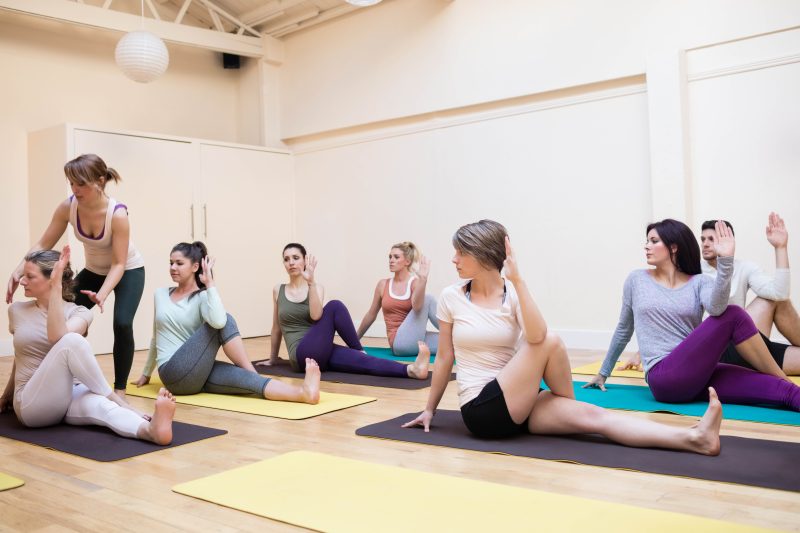
The Psychology of Yoga Practice and Personal Space
Personal space is a deeply human thing—rooted in biology and culture. In yoga, it’s amplified.
According to Psychology Today, when someone enters your personal bubble without consent, it activates a subtle stress response.
Not exactly the zen vibe we’re going for in a vinyasa flow, right?
In yoga practice, you’re often asked to get quiet, turn inward, and breathe deeply.
But if someone’s heel keeps nudging your mat mid-dog?
That inward focus shifts outward fast.
Why? Because…
- Your yoga mat personal space feels like a safe zone.
- That little space holds your energy, effort, and intention.
- Invading it—even accidentally—can trigger discomfort or distraction.
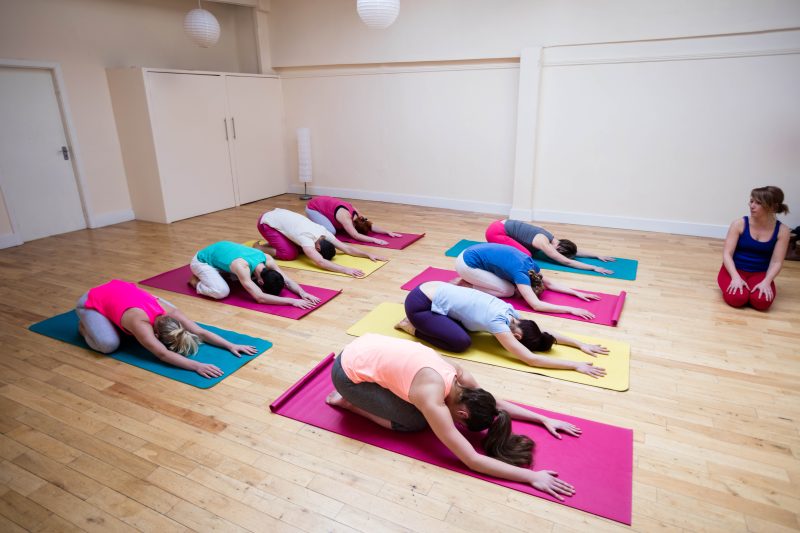
The Benefits of Personal Space in Yoga
Now let’s talk about the upside. What happens when your space is respected?
Here’s what you’ll likely experience:
- Deeper focus: You’re not worrying about someone’s arm flailing into your pose.
- Enhanced relaxation: Savasana becomes a true release—not a “don’t breathe too loudly” exercise.
- Improved mindfulness: You’re more present when you don’t feel invaded.
- More connection to the practice, and less to your surroundings.
And here’s the thing—these benefits of personal space in yoga extend well beyond the mat.
They ripple into our daily lives, where we learn to set boundaries, communicate respectfully, and breathe through the unexpected.
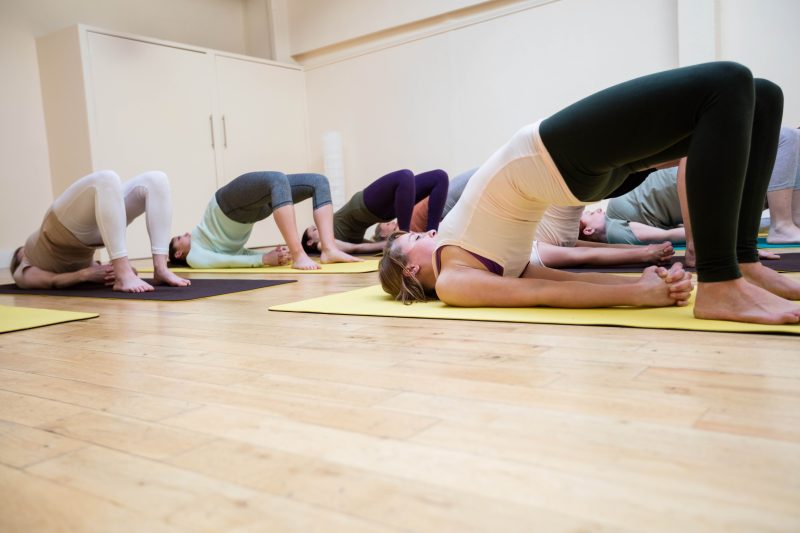
Creating a Personal Yoga Space (Even in Crowded Classes)
Alright, so what can we do when the studio’s packed tighter than a sardine tin?
Here are a few tips from our real instructors (and yes, I’ve been that teacher whispering, “Just scoot over a smidge” in the back of the room):
1. Use physical markers
Dots, small towels, or even the alignment stripes on modern mats can help define your zone.
Some kids’ yoga instructors use colorful mats or rugs to teach this idea early on—and hey, it works just as well for adults.
2. Stagger your mats
This zigzag layout gives everyone a bit more room to move.
If the person beside you doesn’t know, ask kindly—“Hey, want to stagger our mats so we’ve both got more space?”
3. Communicate kindly
If someone’s consistently crossing the invisible line, it’s okay to (gently) mention it.
Think: “Hey! Just so we’re both comfy, would you mind scooting over a touch?”
Chances are, they don’t even realize.
4. Arrive early
It’s the simplest way to claim your ideal corner or edge spot without having to do the awkward shuffle once class starts.
What Happens When Boundaries Are Crossed?
There’s a great Reddit thread where someone vented about their neighbor splaying over their mat during class.
The feedback? Relatable AF.
It’s not about being territorial. It’s about being respected.
In another blog post titled Who Moved My Mat?, a yoga trainee was so upset after someone shifted their mat without asking, it caused a full-blown scene.
The takeaway?
Never move someone’s mat unless you’ve got permission and good karma to spare.
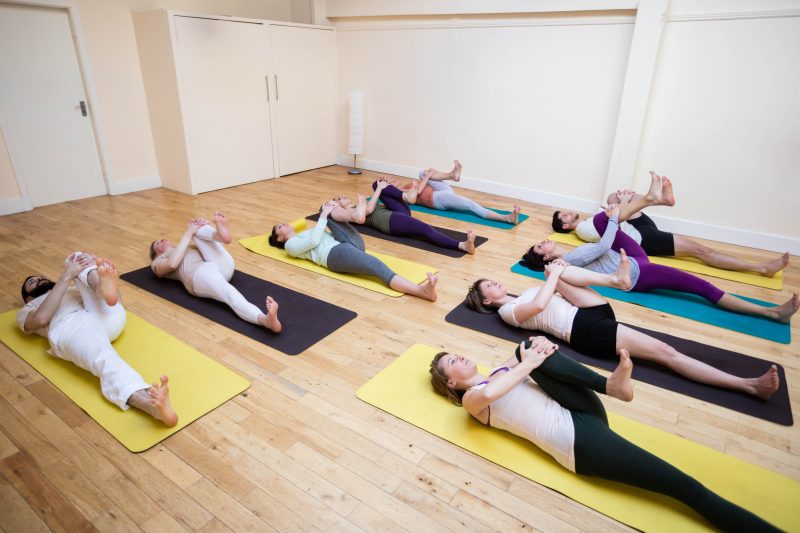
Tips from our Yoga Instructor – Bianca Leiber
Having taught in tight spaces, open parks, and yes—even beside a goat once (don’t ask), here’s what I tell my students:
- Your mat is your home base.
- Respect your neighbor’s space like it’s a hot coffee cup—don’t spill into it.
- If someone crowds you, breathe. Then, either shift slightly or have a light chat.
- And most importantly, bring kindness to the mat—you never know what someone’s going through.
Supporting Resources
Want to dive deeper into space, boundaries, and energy fields? Check these out:
- 5 Things You Need to Know About Personal Space – Psychology Today
- Getting along in the Studio – Etiquette for Yogis
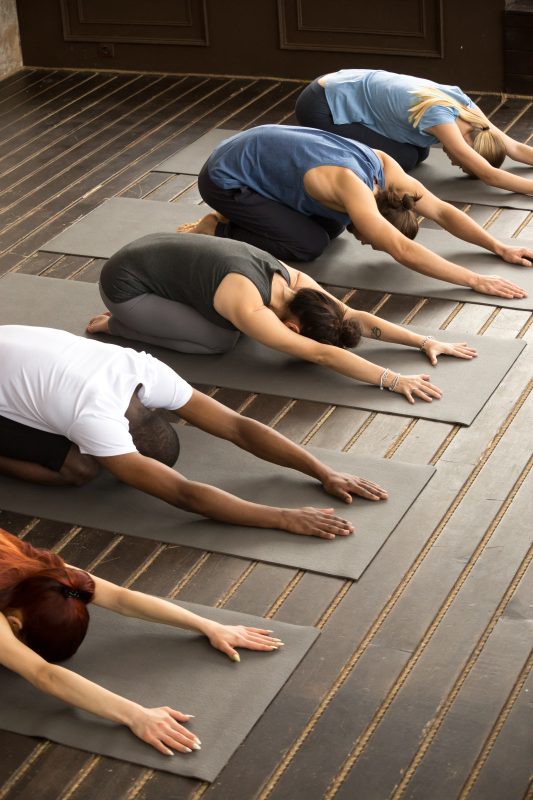
Final Flow: Your Mat, Your Energy, Your Rules
Your yoga mat personal space is sacred, whether you’re in a candlelit studio or your living room.
Respecting that space isn’t just good manners—it’s an essential part of the psychology of yoga practice.
It helps foster mindfulness, build awareness, and keep your energy grounded.
So next time you roll out your mat, remember: it’s not “just a mat.”
It’s your island, your boundary, your breath-filled bubble of peace.
And as always—stay kind, stay grounded, and keep flowing.
Frequently Asked Questions About Personal Space in Yoga
1. Why is personal space important in a yoga class?
Personal space in yoga classes fosters a sense of safety, comfort, and respect among practitioners. Maintaining appropriate distance allows individuals to move freely without the fear of encroachment, enhancing focus and mindfulness during practice. It also helps in creating a harmonious environment where everyone can engage in self-exploration without distractions.
2. What does my choice of mat placement say about me?
Your preferred spot in the yoga studio can reflect aspects of your personality and current emotional state. For instance, choosing the front row might indicate confidence or a desire for focus, while the back row could suggest a preference for observation or a need for personal space. Ultimately, where you place your mat is a personal choice that can vary depending on your mood and intentions for the session.
3. How can I maintain my personal space in a crowded class?
In crowded classes, it’s essential to be mindful and communicative. Arrive early to secure a comfortable spot and use your mat as a boundary marker. If someone is too close, a polite conversation can help establish mutual respect. Remember, everyone is there to practice and grow, so fostering a cooperative atmosphere benefits all participants.
4. Why do I feel uncomfortable when someone places their mat too close to mine?
Feeling uneasy when someone encroaches on your space is a natural response rooted in our psychological need for personal boundaries. In yoga, where vulnerability and introspection are encouraged, maintaining personal space becomes even more critical. Respecting these boundaries helps in preserving the sanctity of the practice and ensures a positive experience for everyone involved.
5. Can understanding personal space enhance my yoga practice?
Absolutely. Being aware of personal space not only improves interpersonal dynamics in class but also deepens your self-awareness. It encourages mindfulness, respect, and empathy, which are core principles of yoga. By honoring both your space and that of others, you cultivate a more profound and enriching practice.
